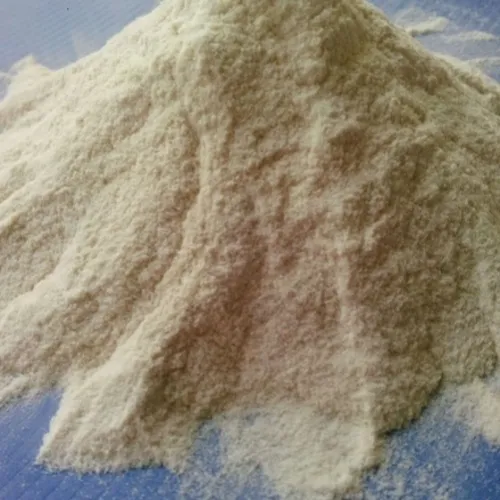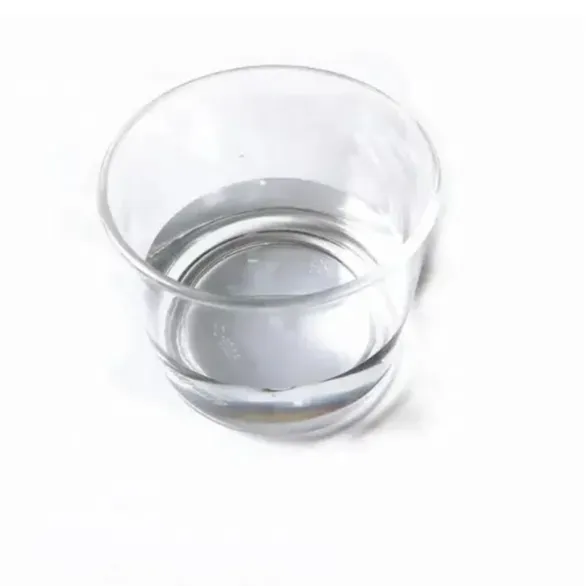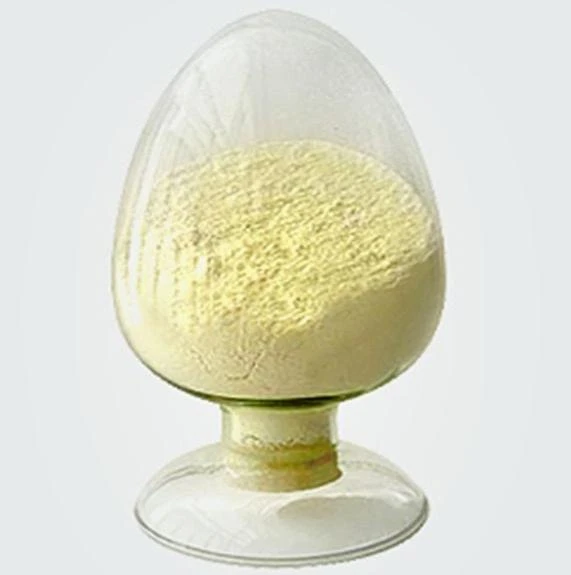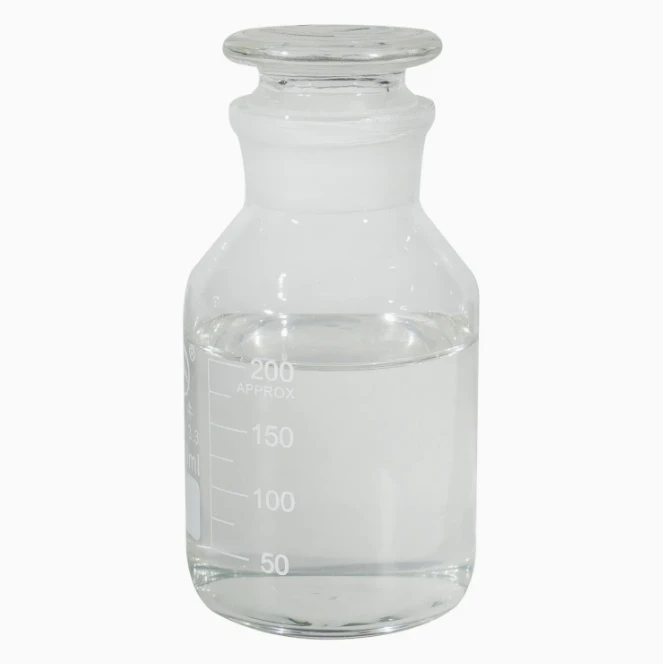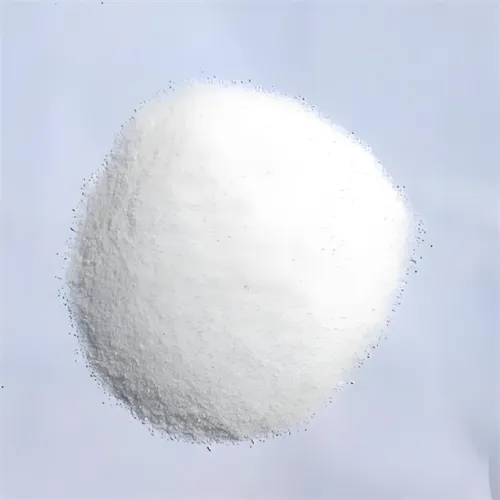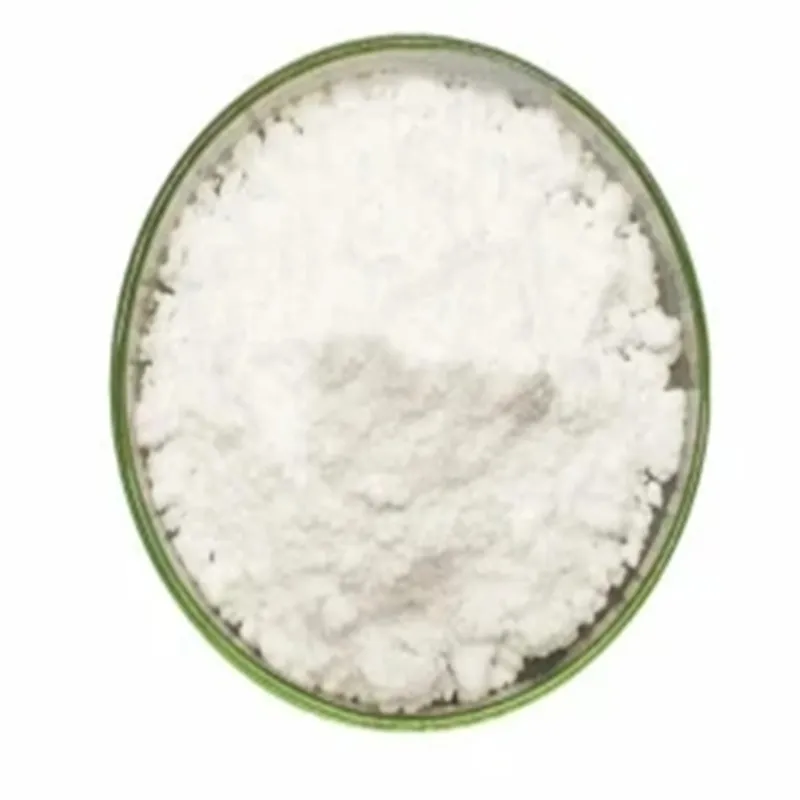Warning: Undefined array key "file" in /home/www/wwwroot/HTML/www.exportstart.com/wp-content/themes/1198/header.php on line 7
Warning: Undefined array key "title" in /home/www/wwwroot/HTML/www.exportstart.com/wp-content/themes/1198/header.php on line 7
Warning: Undefined array key "title" in /home/www/wwwroot/HTML/www.exportstart.com/wp-content/themes/1198/header.php on line 7
- Afrikanac
- Albanac
- amharski
- arapski
- Jermenski
- Azerbejdžanski
- Basque
- bjeloruski
- bengalski
- bosanski
- bugarski
- katalonski
- Cebuano
- kina
- Kina (Tajvan)
- Korzikanac
- hrvatski
- češki
- danski
- Dutch
- engleski
- esperanto
- estonski
- Finski
- francuski
- Frizijski
- galicijski
- Gruzijski
- njemački
- grčki
- Gujarati
- haićanski kreolski
- hausa
- hawaiian
- hebrejski
- Ne
- Miao
- Mađarski
- islandski
- igbo
- indonezijski
- irski
- talijanski
- Japanski
- Javanese
- kanada
- kazakh
- kmerski
- Ruandski
- korejski
- kurdski
- kirgiski
- TB
- Latinski
- Latvian
- litvanski
- Luksemburški
- makedonski
- Malgashi
- malajski
- malajalam
- Maltezer
- Maori
- Marathi
- mongolski
- Myanmar
- nepalski
- norveški
- norveški
- Occitan
- Pashto
- perzijski
- Poljski
- portugalski
- Punjabi
- rumunski
- ruski
- Samoan
- Scottish Gaelic
- srpski
- engleski
- Šona
- Sindhi
- Sinhala
- Slovak
- slovenački
- somalijski
- španski
- sundanski
- svahili
- švedski
- Tagalog
- Tajik
- tamilski
- Tatar
- telugu
- tajlandski
- turski
- Turkmen
- ukrajinski
- Urdu
- Ujgur
- Uzbek
- Vijetnamski
- velški
- Upomoć
- jidiš
- Yoruba
- Zulu
Tako da
Agar, also called agar-agar, is a mixture of carbohydrates extracted from seaweed, especially red seaweed. Agar has no taste, smell or color, so it is very helpful as a cooking ingredient. It can be used to replace gelatin, thicken soup, make jam and jelly, ice cream and other desserts that need to be shaped. The difference between agar and gelatin is that agar solidifies more firmly than gelatin, and it can hold even at high temperatures. Agar contains no calories, sugars, carbohydrates and fats. It does not contain soy, corn, gluten, yeast, wheat, starch, milk, eggs and preservatives. It is a good source of fiber, calcium and iron.
Prikaz proizvoda
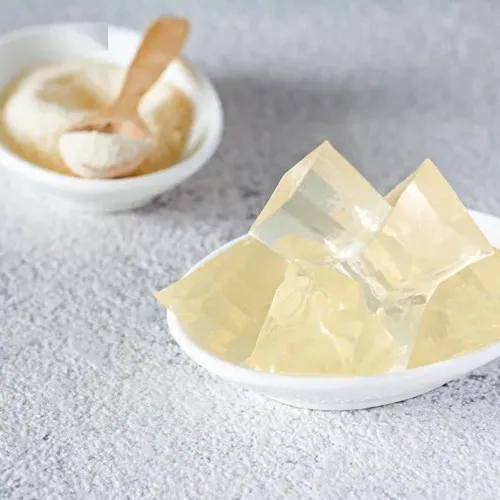
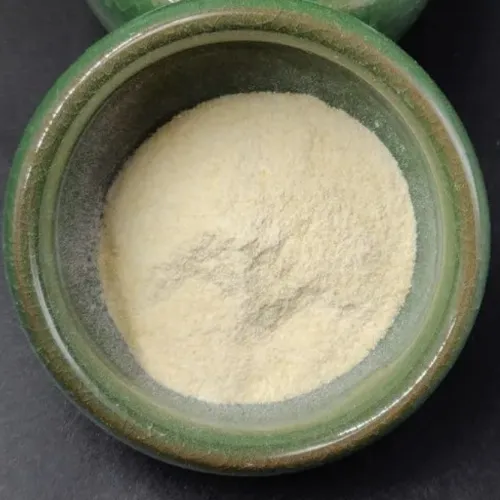
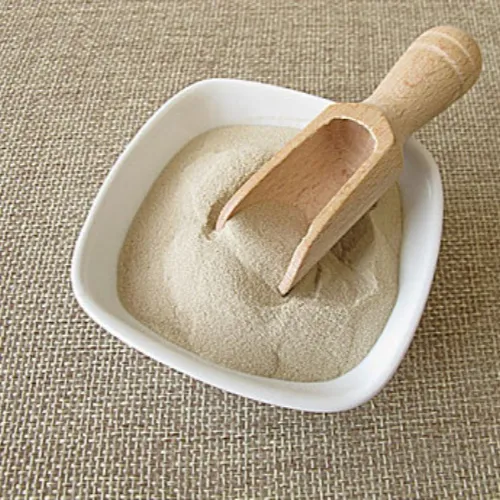
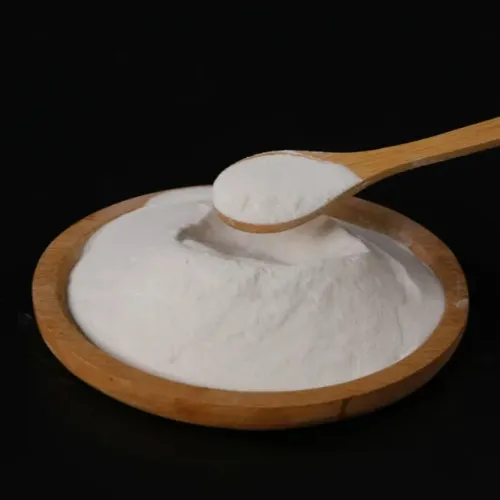
Agar Basic Information
Synonyms: Agar-Agar; Gelose; Agar Agar; Agar powder
Source: Red Seaweeds
Types: Agar Strips, Agar Powder
Appearance: Milky or yellowish fine powder, Strip agar
- Food industry: used as a gelatinization stabilizer for candy, jelly, yokan, canned food, ham, and sausage; used as a thickening and stabilizer in jam, peanut butter, tahini; as a stabilizer for ice cream, popsicles, etc.; Stage deflocculant in fruit juices and beverages; used as a clarifying agent in wine, soy sauce and vinegar.
For plant technology: Many countries in the world use agar products for plant and micro-plant cultivation and propagation (such as flower seedlings, orchid cultivation) can provide long-lasting gel and nutrition.
3. Cosmetic industry: Used in the production of high-quality cosmetics: it can be used as a lotion, shampoo, hair gel mask, emulsifier, toothpaste to add to the product or as a matrix to make the paste structure more perfect, good dispersion, and easy to clean.
Imamo mnogo visokokvalitetnih tvornica sa dubokom saradnjom, koje vam mogu pružiti proizvode visokog kvaliteta i konkurentne cijene. Takođe možemo dati popuste za kupovinu na veliko. I sarađujemo sa mnogim profesionalnim špedicijskim kompanijama, možemo bezbedno i glatko isporučiti proizvode u vaše ruke. Rok isporuke je oko 3-20 dana nakon potvrde uplate.
|
PREDMETI |
SPECIFIKACIJA |
||
|
Superfine Agar powder |
Agar powder |
Agar strip |
|
|
Color |
From white to light yellow |
From white to light yellow |
From white to light yellow |
|
Gel strength |
≥1300g/cm2 |
≥900g/cm2 |
≥400g/cm2 |
|
Sieve residue -80 |
95% passed |
95% passed |
95% passed |
|
Moisture |
≤9% |
≤11% |
≤20% |
|
Ash |
≤2.0% |
≤3.0% |
≤5.0% |
|
Hot water Insoluble |
≤1% |
≤1% |
≤1% |
|
Water Absorbent |
≤75ml |
≤75ml |
≤75ml |
|
Starch |
Not blue |
Not blue |
Not blue |
|
Pb |
≤20ppm |
≤20ppm |
≤20ppm |
|
Arsenic |
≤3ppm |
≤3ppm |
≤3ppm |
|
Lead |
≤5ppm |
≤5ppm |
≤5ppm |
|
Gelatin |
Passes test |
Passes test |
Passes test |
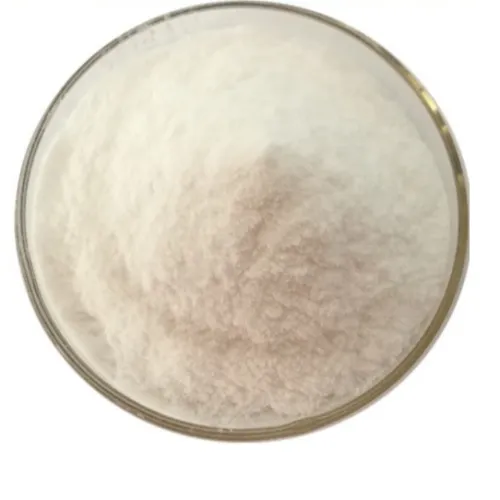
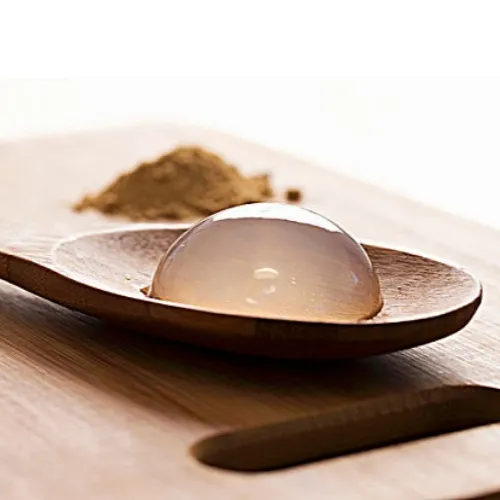
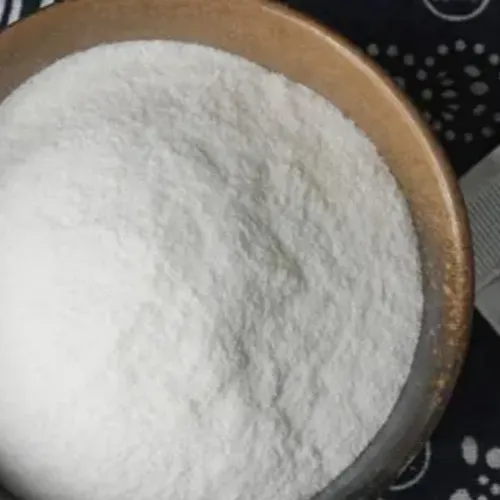
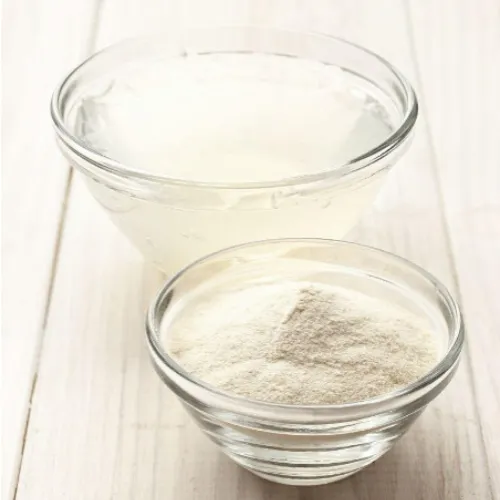
What is Agar?
Agar is a polysaccharide substance extracted from the natural red alga. It is one of the seaweed gels that are the most widely applied in the world. Agar Agar is a seaweed hydrocolloid, or hydrocolloid, with a long history of use as a gelling, thickening, and stabilizing food additive. It is considered to be the strongest natural hydrocolloid gum and is also the perfect substitute for animal-source gelatin. There are several types of agar, although not all are suitable for food applications. The two species of seaweed used for producing food-grade Agar are gracilaria and gelidium, with gracilaria being the most commercially available. Strip agar is traditionally reserved for at-home cooking, while powder agar is much more useful in full-scale food manufacturing applications.
Agar Characteristics
1. Its tremendous gelling power in an aqueous environment enables it to form a more resistant (strong) gel than any other gelling agent, assuming an equal concentration of gel is used.
2. It can be used over a wide range of pH values, from 5 to 8, and in some cases can exceed these limits.
3. It withstands heat treatment very well and can be sterilized well even above 100°C.
4. 1.5% aqueous solution gels between 32°C and 43°C and does not melt below 85°C. This is a unique property of agar compared to other gelling agents.
5. Agar Agar gives a gel without taste; no need to add cations with a strong taste (potassium or calcium); it can be used without problems in the gel of food with a soft taste.
6. It absorbs and enhances the flavor of the product with which it is mixed and acts as a flavor-fixing agent to fix it for a long time.
7. Its gel is very reversible and can be repeatedly gelled and melted without losing any of its original properties.
8. It is possible to obtain a transparent gel which is easily colored, and its refractive index can easily be increased by the addition of sugar, glucose, glycerin, etc., to give it an attractive brightness.
9. The gel is very stable, and does not cause precipitation in the presence of certain cations, as is the case with calcium-containing alginate.
Agar Applications
Agar Agar was the first hydrocolloid to be used in the human food industry. In the beginning, it was only used in the Far East, but the applications have been extending all over the world for more than a century.
In the human food industry, agar is used mainly as a gelling agent and in a secondary way as a stabilizing agent and for controlling viscosity. It is used as an additive, not as a nutrient. The gelling power of agar is so high that it is used at a 1% maximum concentration; for viscosity control and as a stabilizing agent, the proportion used is 1/100 or less. For this reason, the ingested quantities are very small, and because agar is not easily digested by the human body, its calorie contribution is negligible, and thus agar can be used in special diet food.
Agar applications in the food industry are based on its special characteristics, and the most important applications are as follows:
Confectionery:
In confectionery, prepare jellies, marshmallows, and candies or candy fillers.
Marmalade:
In marmalade production, agar is used as a thickening and gelling agent.
Fruit Salad:
Mitsumame production in Japan is very important; this is a fruit salad mixed with agar gel cubes, duly coloured, salted and flavoured with fruit flavour. The agar used for this kind of fruit salad must allow the cans to be sterilized without the cubes melting or losing their corners or edges. For this purpose certain types of Gelidium agar are used.
Bakery:
In bakeries, agar is used to cover cakes and icing doughnuts, and when it is applied to chocolate, it allows a good adherence to the base without cracking. In general, agar is utilized to prevent dehydration of these confectionery products.
Jelly:
Agar is also important in fruit jelly preparations. When compared with pectin, agar has the advantage of not needing high sugar concentrations to form a gel.
Yogurt:
Its application in yoghurt is also very important especially when consumers started to require less acid products and, therefore, casein cannot contribute to the maintenance of the product consistency, as it previously did.
Meat:
In the meat industry, and especially in the preparation of soft-boiled sausages, its use has permitted the reduction of fat content that acted before as bonding. Today the industry is trying to limit fat content in order to reduce cholesterol.
Canned Food:
Agar is also used on a large scale in canned products like "Scatola" meat (beef blocks in gelatin) - very popular in Italy, or chicken in gelatin - very common in Canada; cow tongue in gelatin -selling well in Denmark; lamb tongue in Australia, or other different types of meat and fish aspics. In dressings and extracts, it is used as a thickener and stabilizer.
Drinks & Beverages:
In smaller quantities, agar is used to increase the viscosity of some alcoholic liquors.
Agar jelly, Water dessert jellies, Confectionery, Bakery products, Dairy products, Fermented products, Canned meat and fish products, Soups and sauces, Fining agents, and Health foods.
Culture media and other bacteriological applications, such as plant tissue culture, dental mold, and pharmaceutical preparations.
Agar in Microbiology:
Its uses in microbiology are based on special properties: a gelling temperature of 32-36°C, a melting temperature of 85-86°C, a lack of hydrolysis by bacterial exoenzymes, and its ability to be prepared without bacterial inhibitors. The above temperatures refer to culture media gelled with agar and which contain 10-11 g agar per litre of culture media.
Agar in Biology:
You may ask, Why is agar used to grow bacteria?
The use of agar in bacteriology is one of the most important uses and requires strict physical-chemical control as well as the absence of hemolytic substances and what is more important and difficult, the absence of any bacterial inhibitors. Robert Koch started using agar in 1881 to gel culture broths when preparing solid culture media and this was the first introduction of this oriental product to Europe.
Agar in Pharmacy:
The application of agar in pharmacy as a smooth laxative is well known. Lately, it has been used as an excipient in pharmaceutical preparations. In some Western countries, agar is used as an antirheumatic since a prolonged treatment has permitted important improvements in patients' health. Agar has been used to stabilize cholesterol solutions.
Agar Advantages
Health: Low in calories, fat, sugar, and carbohydrates but high in soluble fiber
Vegan: Seaweed-based gums, the perfect substitute for animal-derived gelatin
Gel performance: Firmer and stronger gel
Lab use: It can not be degraded by the bacteria, so used as the preferable medium used in laboratories to grow bacteria.
Kategorije proizvoda
-
 May . 07, 20252025 New York Cosmetics Ingredients ExhibitionThe much-anticipated 2025 Cosmetics Ingredients New York will be held at the Javits Center in New York from June 3 to 4, 2025. This event will bring together industry leaders, innovators and enthusiasts from all over the world to discuss the latest trends and advances in the field of cosmetic ingredients.
May . 07, 20252025 New York Cosmetics Ingredients ExhibitionThe much-anticipated 2025 Cosmetics Ingredients New York will be held at the Javits Center in New York from June 3 to 4, 2025. This event will bring together industry leaders, innovators and enthusiasts from all over the world to discuss the latest trends and advances in the field of cosmetic ingredients. -
 Apr . 27, 2025Zibo will host the 2025 International Chemical ExpoZibo, a city known for its thriving chemical industry, will host the 2025 Zibo International Chemical Expo from May 16 to May 18, 2025. This highly anticipated event aims to bring together industry leaders, innovators and stakeholders from around the world to explore the latest advancements and trends in the chemical industry.
Apr . 27, 2025Zibo will host the 2025 International Chemical ExpoZibo, a city known for its thriving chemical industry, will host the 2025 Zibo International Chemical Expo from May 16 to May 18, 2025. This highly anticipated event aims to bring together industry leaders, innovators and stakeholders from around the world to explore the latest advancements and trends in the chemical industry. -
 Apr . 22, 20252025 Yokohama Cosmetics Raw Materials and Technology ExhibitionYOKOHAMA, Japan – The City of Yokohama is preparing to host the much-anticipated Cosmetics Ingredients & Technologies 2025 from May 14 to May 16, 2025. The premier event is expected to attract industry professionals, innovators and enthusiasts from around the world to showcase the latest advancements in cosmetic ingredients and technologies.
Apr . 22, 20252025 Yokohama Cosmetics Raw Materials and Technology ExhibitionYOKOHAMA, Japan – The City of Yokohama is preparing to host the much-anticipated Cosmetics Ingredients & Technologies 2025 from May 14 to May 16, 2025. The premier event is expected to attract industry professionals, innovators and enthusiasts from around the world to showcase the latest advancements in cosmetic ingredients and technologies.


